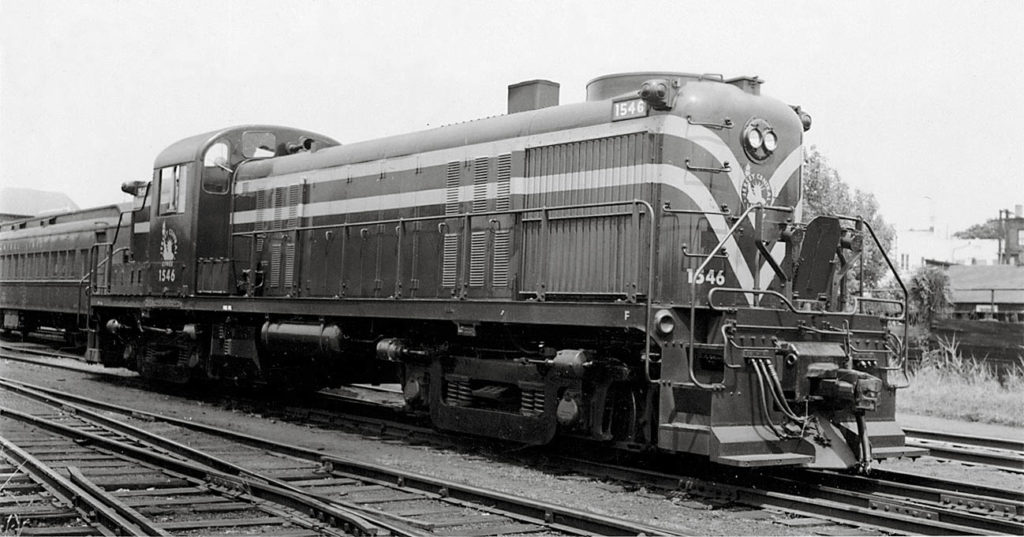
Although this CNJ RS3 had dual engineer controls, the “F” defines the leading end for hand or radio signals. Bert Pennypacker Q When diesels replaced steam locomotives, early cab units had snub noses with good front visibility for the engineer. When hood units appeared, some railroads set them up to run short hood forward and […]
Read More…
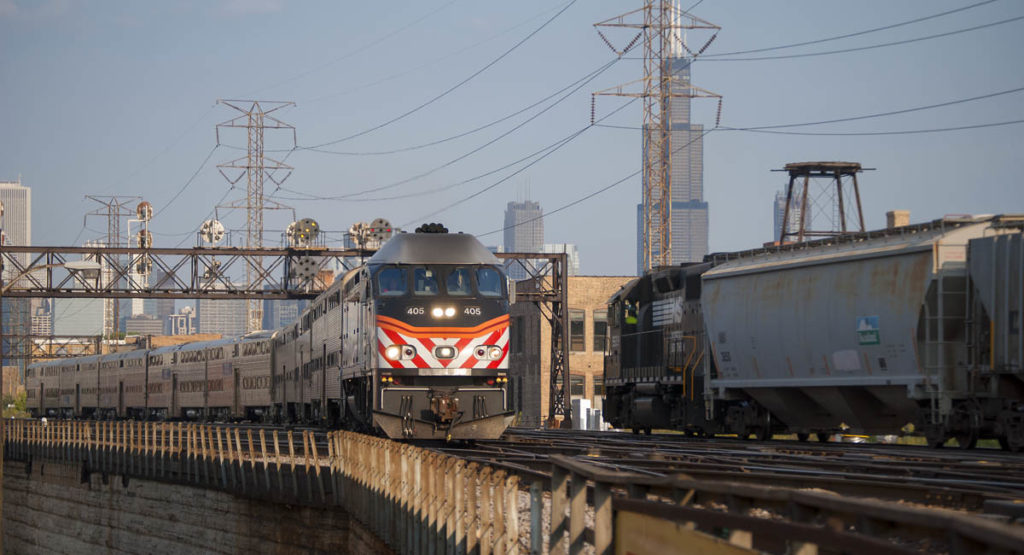
Metra commuter and Norfolk Southern freight trains meet at tower A2 northwest of Union Station. Steve Sweeney Trains tracks the evolution of positive train control technology from the 1980s to present! August 1985 – Burlington Northern executives approve testing a PTC prototype system, ARES, in Minnesota’s Iron Range. May 1, 2007 – U.S. Rep. James […]
Read More…
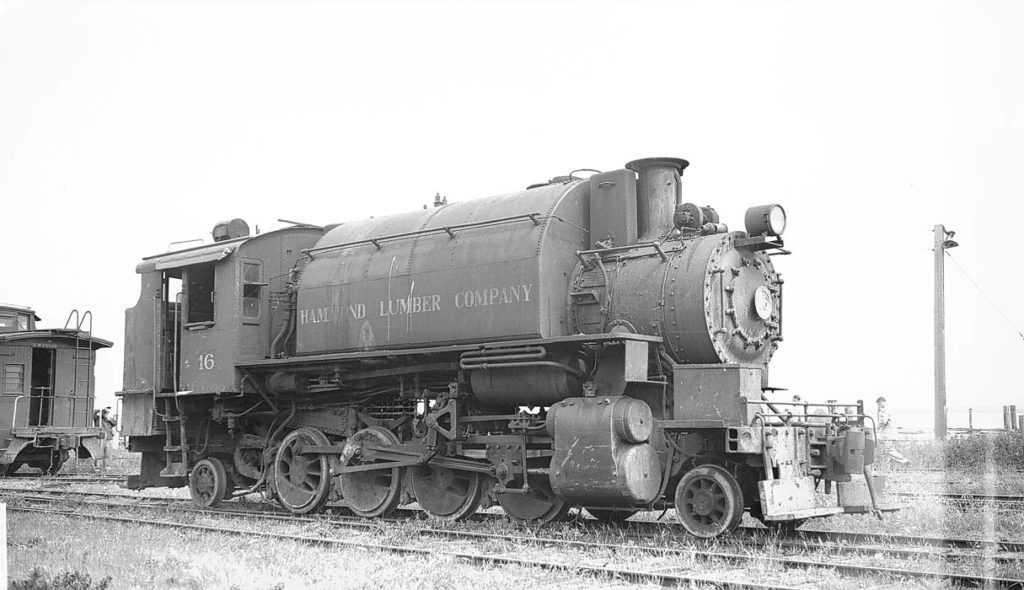
Hammond Lumber Co. 2-8-2T No. 16 displays an extended smokebox in this undated photo. The seam is just ahead of the smokestack. Martin E. Hansen collection Q I am unable to identify any particular pattern for when a smokebox is short or when it is long. I do note, in most cases, that when the […]
Read More…
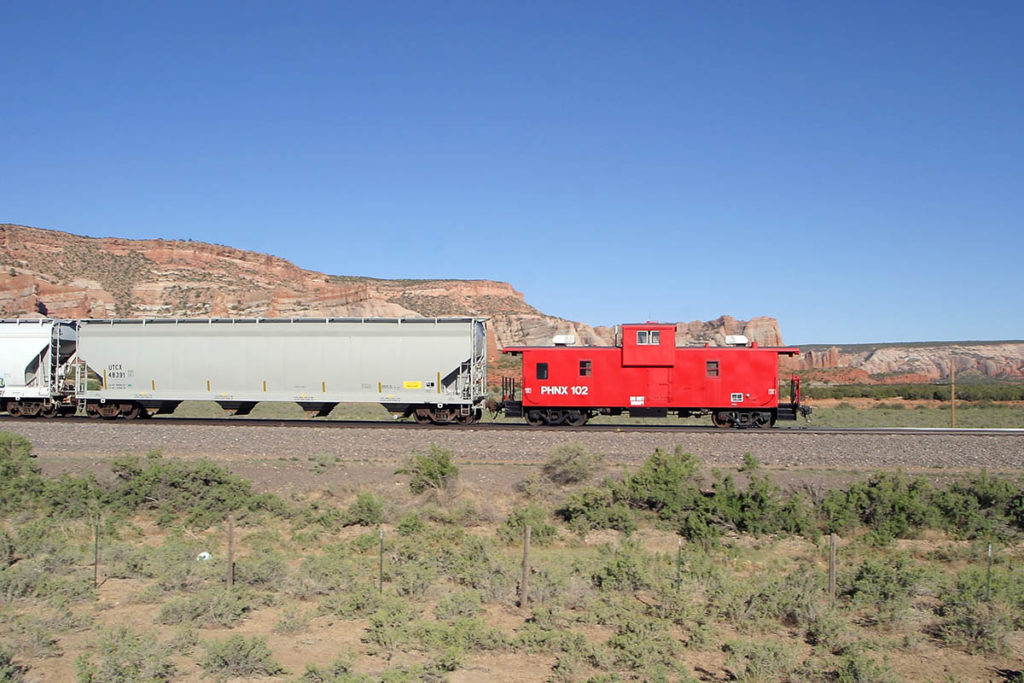
This bright red caboose and its sister, No. 101, escort special rail loads and are owned by PHN LLC. Timothy J. O’Malley Q Last year I saw a caboose on the tail end of a BNSF Railway train with PHNX reporting marks. Is it escorting the three hopper cars in front of it? Who owns […]
Read More…
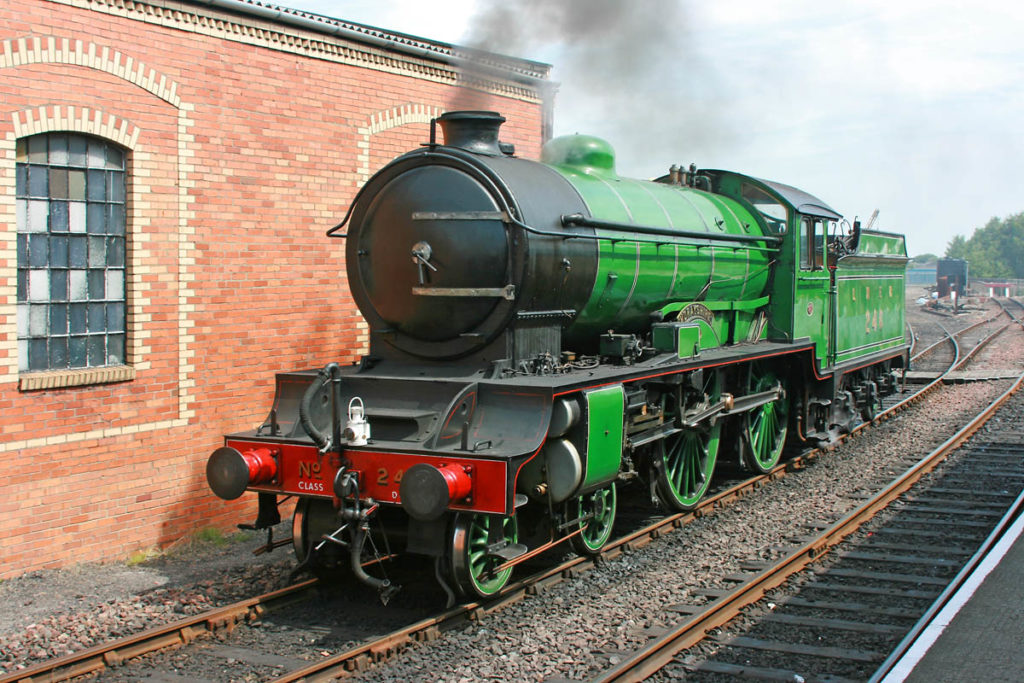
A former London & North Eastern Class D49 4-4-0 displays the British-style method of securing the smokebox door and using buffers with couplers. Kenneth G. Williamson Q Why did British steam locomotives use a center-locking device on the smokebox and buffers with link and chain for car coupling? How did U.S. railroads do it differently? […]
Read More…
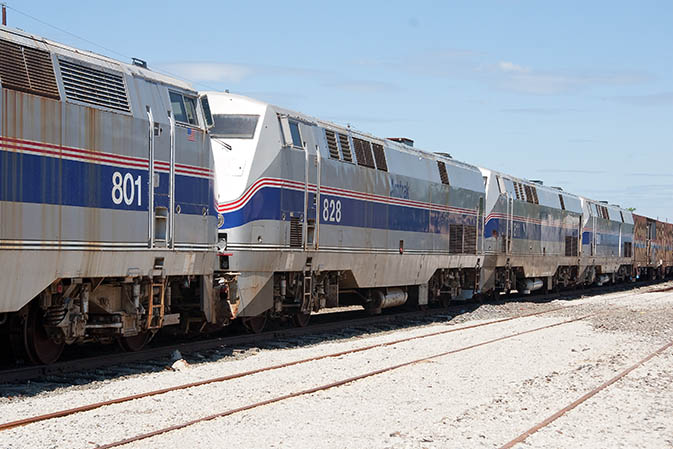
Amtrak P40s that didn’t make the first cut for rebuilding wait their turn in Bear, Del., on June 7, 2010. Bob Johnston Q Whatever became of Amtrak’s P40s? They were numbered in the 800 series and looked very similar to the P42s in service today. What’s the difference between them? Does Amtrak still have any […]
Read More…
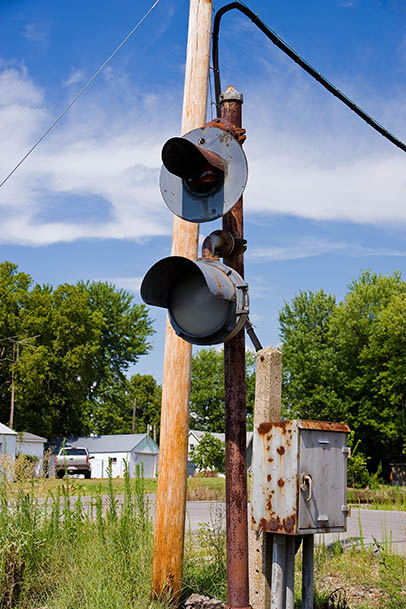
This odd-looking signal serves to warn motorists. Sherman Cahal Q What can you tell me about this signal? – Carl Lehman, San Antonio A The photo was taken along the Baltimore & Ohio’s line in Greenfield, Ohio, and faces Baltimore Avenue, which runs parallel to the tracks through the city. The single top light will […]
Read More…
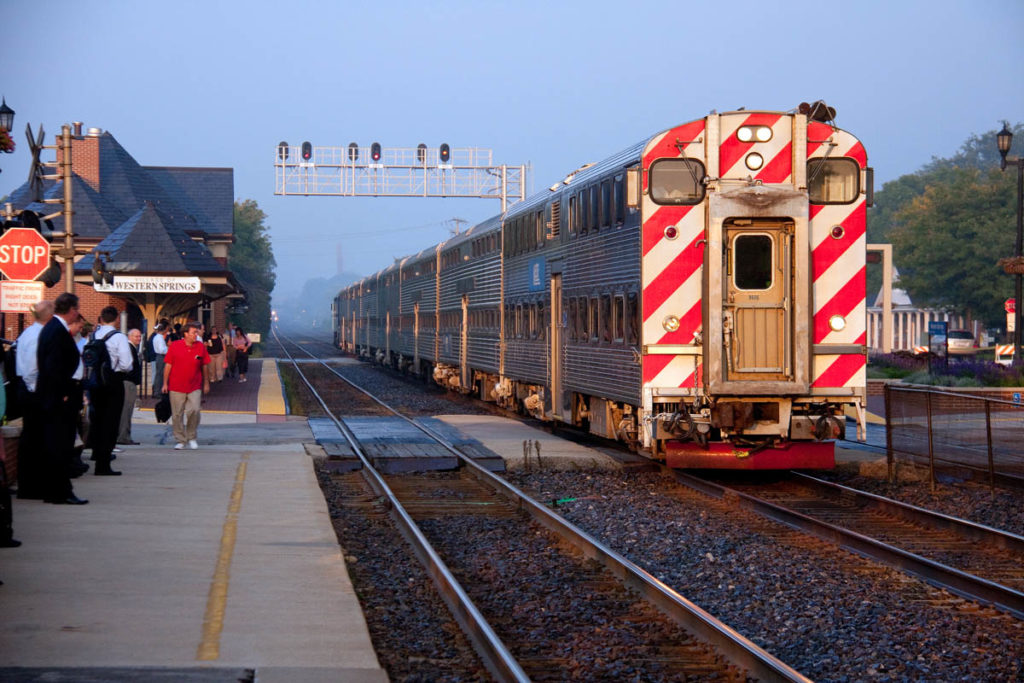
An eastbound express Metra train, operating in push mode, pauses at Western Springs, Ill., on Sept. 10, 2009. You can see the engineer in the window of the cabcar. Paul Hoffmann Q What’s the difference in touch or feel for an engineer running in push mode versus pull mode? Is there a limit to the […]
Read More…
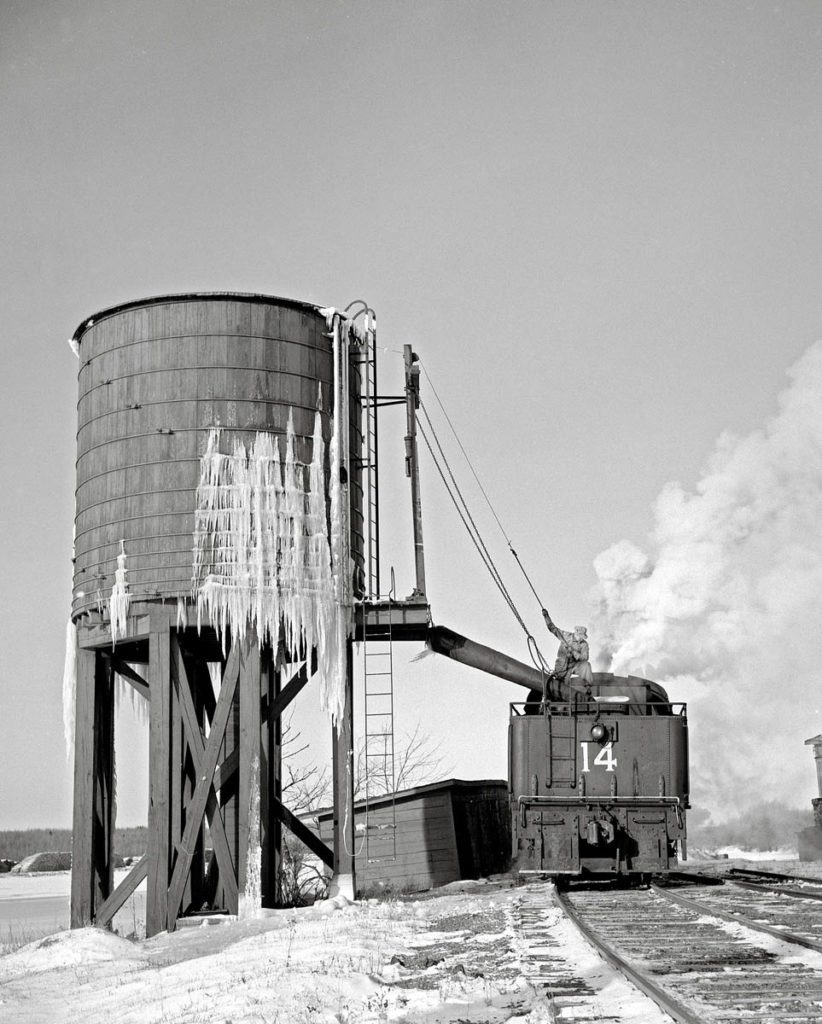
Duluth & Northeastern No. 14 fills up at Cloquet, Minn., in 1958. William D. Middleton Q How did railroads in northern states keep water in tanks from freezing in the winter? Were the tanks heated and insulated, or filled just before use? – James Alain, Chassell, Mich. A Many water towers in colder climates had […]
Read More…
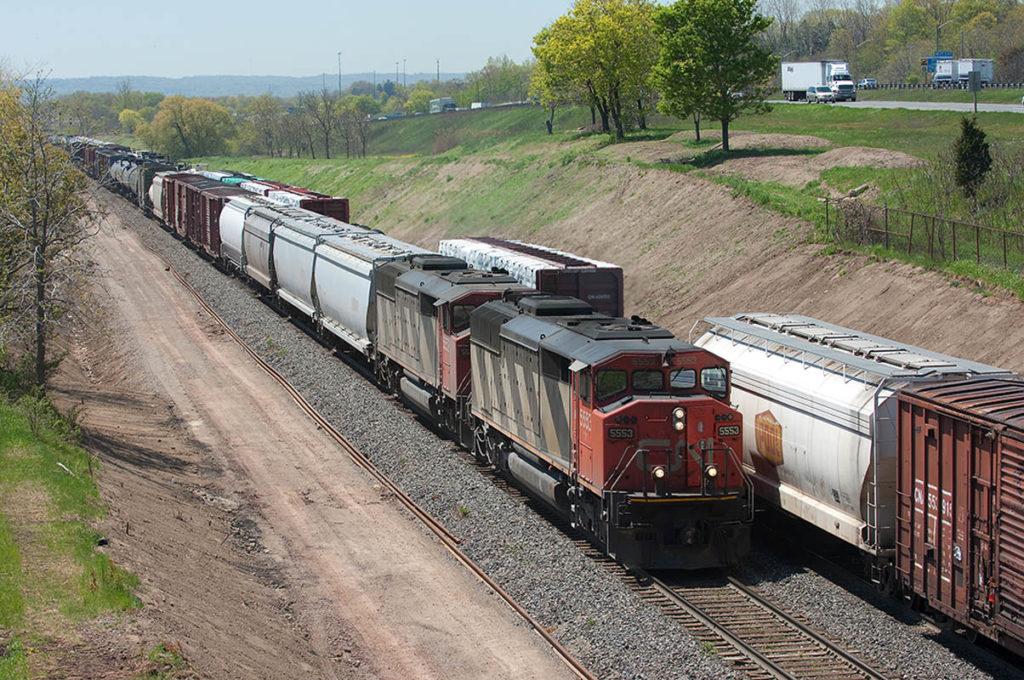
CN SD60Fs meet train 393 as they move eastward at Aldershot West, Burlington, Ont., on May 5, 2006. Greg McDonnell Q I recently saw Canadian National Railway diesel No. 5553 switching a cut of cars in Cedar Rapids, Iowa, and was unable to determine who built this locomotive. It had six axles and no running […]
Read More…
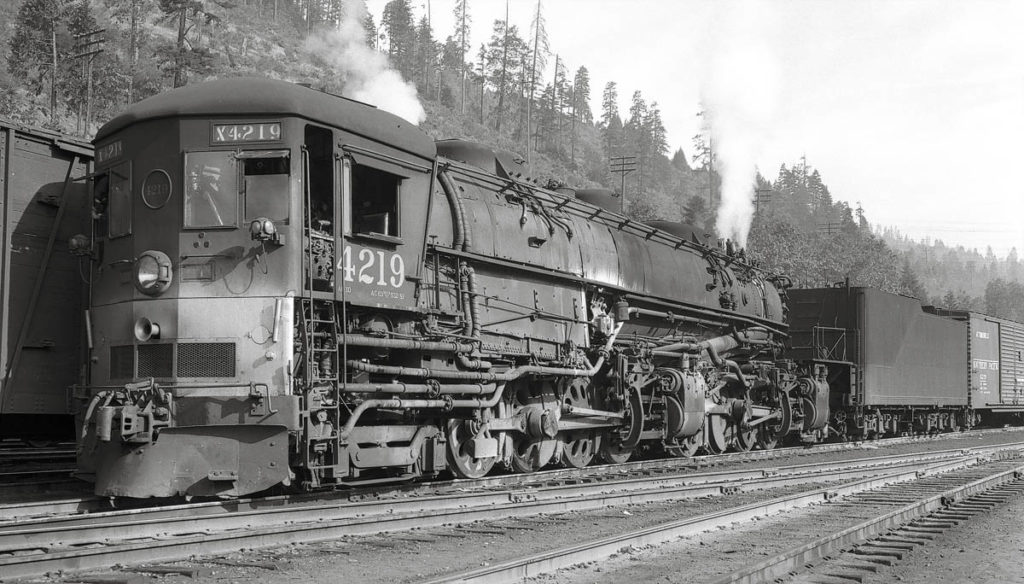
Southern Pacific cab-forward 4-8-8-2 No. 4219 leads an extra train at Dunsmuir, Calif., in August 1948. Guy L. Dunscomb, Martin E. Hansen collection Q On some early Union Pacific and Southern Pacific steam and diesel locomotives there is an “X” in front of the number. Why is this done? – Leon Bassik, Langhorne, Pa. A […]
Read More…
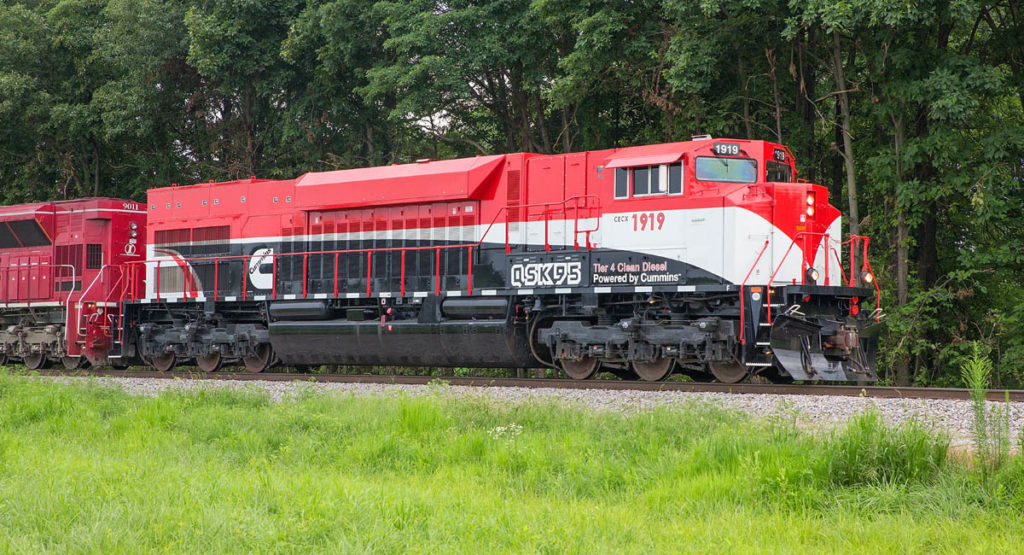
Cummins QSK95 test locomotive No. 1919 uses Selective Catalytic Reduction aftertreatment of its exhaust. The system is located in the wing overhang; a urea and water solution tank is inside the forward portion of the fuel tank below the forward air reservoir. Chris Guss With Environmental Protection Agency Tier 4 emission regulations in effect for […]
Read More…












